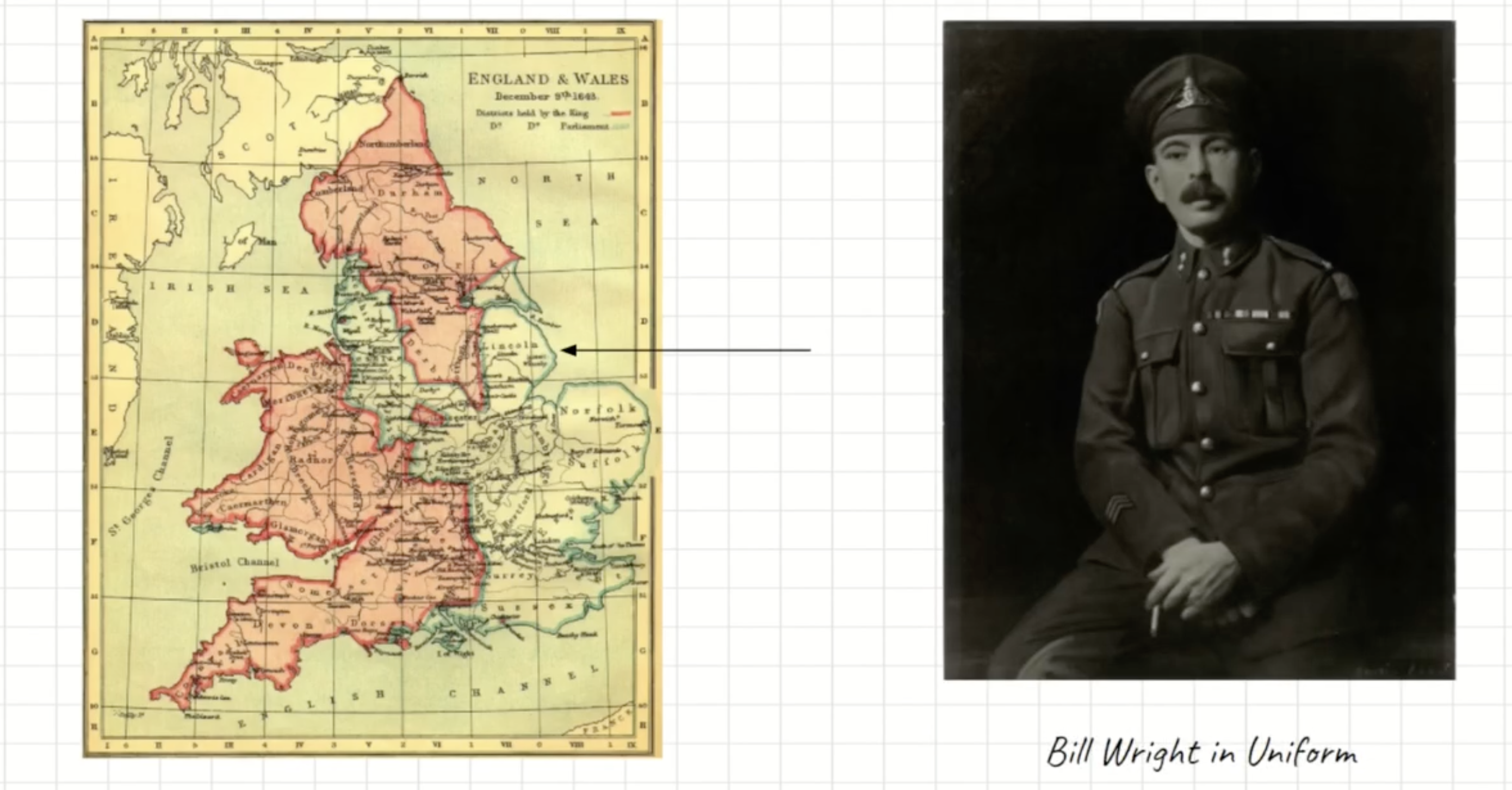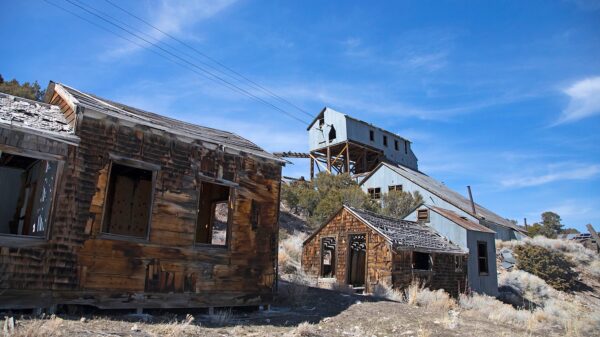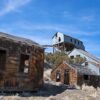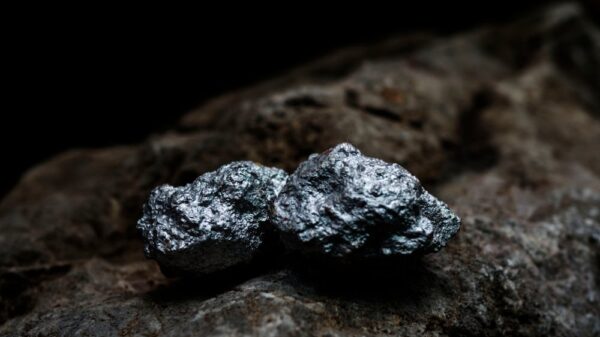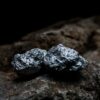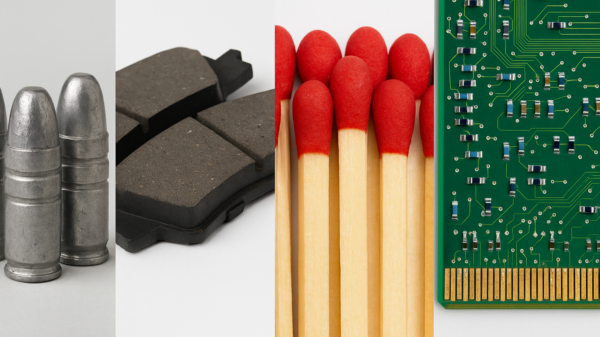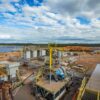A man known for his instrumental role in creating one of Canada’s top newspapers and becoming a multi-millionaire from the nation’s gold was recently honoured with a plaque at his place of birth.
William Henry Wright was born in the town of Sleaford, Lincolnshire County, England in 1876. He moved to Canada in 1907.
In 1911, Wright came across a quartz outcrop with visible gold while rabbit hunting in Ontario. He was dirt poor at the time. Wright then staked claims in the area, which eventually led to the establishment of the Kirkland Lake gold camp.
The camp’s first gold mine, Tough-Oakes, was established in 1911. By the 1930s, the prolific project was employing about 5,000 men with seven producing mines, and had made Wright a very wealthy man. He used proceeds from precious metal mining to buy two Toronto-based newspapers, which he eventually merged into The Globe and Mail.
To date, the camp has produced over 42 million ounces of gold. Junior miner Kirkland Lake Discoveries Corp (CVE: KLDC) is currently completing an exploratory drill program in the area, aiming to delineate new gold deposits.
On May 8, the Sleaford and District Civic Trust placed a blue plaque at his childhood home to honour his legacy. The local preservation charity has been putting up a series of them at notable landmarks and buildings throughout the town.
Photo credit: Lincolnshire World
Read more: Calibre Mining supports future mining industry workers at Newfoundland science fair
He was renowned for being the richest private in the army
Wright enlisted in the Canadian infantry in 1916 as a private and refused to accept any promotions throughout the First World War. About 40 years old at the time, he was widely known for being the wealthiest private in the army.
Upon returning to Canada in 1919, he took an interest in raising horses and bought a race track and stables in Barrie, Ontario. One of his thoroughbred horses won the prestigious Triple Crown. Another horse, Archworth, won the King’s Plate race in 1939.
From 1921 onward, his primary mining focus was the Wright-Hargreaves mine at Kirkland Lake. It produced gold until 1965 and is recognized as one of Canada’s most significant gold mines of all time.
Toward the end of his life he donated much of his fortune to charitable causes. He gave half a million pounds to the Red Cross, donated millions to hospitals and funded construction of the Barrie Ice Hockey Stadium.
The influential prospector passed away in September, 1951 at 75 years of age.
Read more: Calibre Mining understands the balance between economic performance and sustainability
Follow Rowan Dunne on LinkedIn
rowan@mugglehead.com

